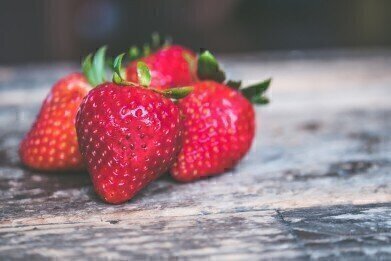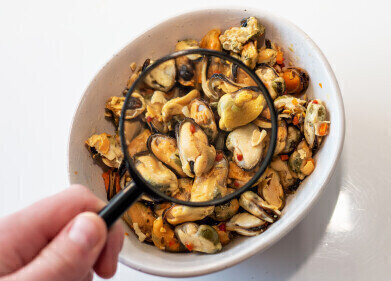GC-MS
Are Your Strawberries Free from Pesticides? - Chromatography Explores
Nov 30 2018
Pesticides are important for farmers and consumers, allowing them to maximise crop yields and, essentially, provide more food. But how can we tell if pesticides have been removed from crops before eating? That's where chromatography comes in. Read on as we discuss pesticide removal and measurement.
The pesticide problem
Pesticides are used to limit the consumption and destruction of crops by pests. That includes weeds, insects and even diseases with a range of insecticides, herbicides and fungicides – all types of pesticide – being used to target them. However, with this comes a range of risks.
Pesticides are known to pollute the air, water and soil where they have been applied, as well as being carried by the wind to contaminate areas further afield. But that’s not all.
They’re essentially poisons, so if they aren’t removed from crops before consumption, they can cause all kinds of health issues. With more and more pesticides being used, it’s important that they are also being washed off properly before they reach consumers.
A fruity conundrum
While pesticides are used on all varieties of crops – vegetable, cereals and fruit – fruit contains the highest number of active compounds. That’s because it needs protection from insects, mould and rot. Strawberries, in particular, are at risk of a range of diseases such as Botrytis cinerea, Colletotrichum acutatum and Oidium fragariae, making pesticide use almost inevitable
To eliminate the risk to human health, all fruit needs to be monitored to ensure it doesn’t exceed maximum residue levels. The complication is that a large number of active substances need to be analysed, ideally at the same time.
Validating a solution
Recent research, published by Acta Agriculturae Slovenica, aims to validate a method using gas chromatography-mass spectrometry (GC-MS). For more on GC-MS, check out the article ‘Comprehensive, Non-Target Characterisation of Blinded Environmental Exposome Standards Using GCxGC and High Resolution Time-of-Flight Mass Spectrometry’.
The method was checked for its recovery, linearity, repeatability, reproducibility and measurement uncertainty. According to the research, it was proven to be fit for purpose. It enables the qualitative and quantitative analysis of a variety of active compounds and their residues in one chromatographic run.
Following validation, researchers used the method to analyse 19 strawberry samples for the presence of pesticide residues. They found five active substances: chlorothalonil, cyprodinil, fludioxonil, metalaxyl+metalaxyl-M and pyrimethanil, which are all fungicides. However, none of these active substances exceeded the maximum residue levels, as they were all within 0.01 – 0.44 mg/kg.
So, it seems we’re free to enjoy our strawberries and cream!
Digital Edition
Chromatography Today - Buyers' Guide 2022
October 2023
In This Edition Modern & Practical Applications - Accelerating ADC Development with Mass Spectrometry - Implementing High-Resolution Ion Mobility into Peptide Mapping Workflows Chromatogr...
View all digital editions
Events
Apr 28 2024 Montreal, Quebec, Canada
May 05 2024 Seville, Spain
May 15 2024 Birmingham, UK
May 19 2024 Brno, Czech Republic
May 21 2024 Lagos, Nigeria














